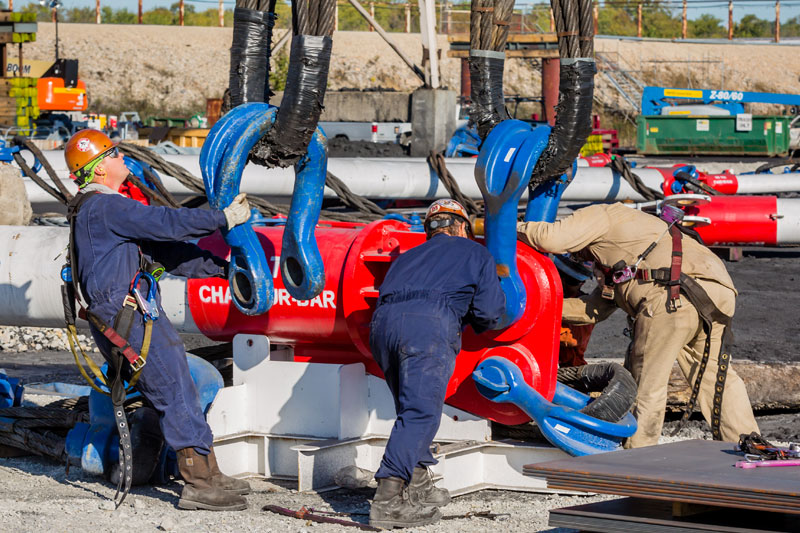By Nick Triandafilou, Structural Departnment Manager
Showing Ownership. We are a team. Everyone has stake in our collective success.
When a 3-point shot is made during a basketball game, it is never due solely to the skills of the individual shooter. One teammate sets a pick to get the shooter open, another rolls to the basket calling for the ball to draw defenders away, another dribbles up the court and passes at just the right instant, the coach draws up the play and prepares the team to execute it. All these distinct parts work together synchronously toward a collective success – this was a common theme during our recent leadership training. When each member of the team takes ownership of their individual task, great things happen – the shot goes in and the game is won.
The success of an engineering project is achieved in much the same way. The project manager prepares a clear plan for the team, the project engineer walks down the job in the field and prepares calculations, the designer takes ownership of the drawings, the technical lead ensures accuracy and sound design principles of the deliverables, the site lead communicates with the owner and contractor, the leadership team establishes the overall vision and empowers each team to execute, the back office staff provides the technical staff with tools needed to succeed. When each member of the team fully owns their specific tasks, it all comes together beautifully, and successful projects get built.
Of all the principles covered during our recent leadership training, none so clearly embodies the essence of teamwork as Cover and Move. This principle demands that you have your teammate’s back and vice versa. When you get double teamed on the basketball court, your teammates move to open spots so you can make the easy pass. When you get called onto a project out of state, your co-workers are there to pick up the slack. When you make a calculation error, the reviewer catches it to make the correction. None of us are perfect individually but when we stay disciplined to our quality review processes and communication protocols, when we stay focused on our specific roles in the project and execute them to the best of our abilities, we can achieve a collective success nearing perfection.
More From This Series:
- Engineering Leadership Principle #1: Ego
- Engineering Leadership Principle #2: Body Language in Communication
- Engineering Leadership Principle #3: Accountability
- Engineering Leadership Principle #4: Communication
- Engineering Leadership Principle #5: Boost Employee Morale
- Engineering Leadership Principle #6: Emotional Reflection
- Engineering Leadership Principle #7: Building Client Relationships
- Engineering Leadership Principle #8: Delegation
- Engineering Leadership Principle #10: Empowerment


0 Comments